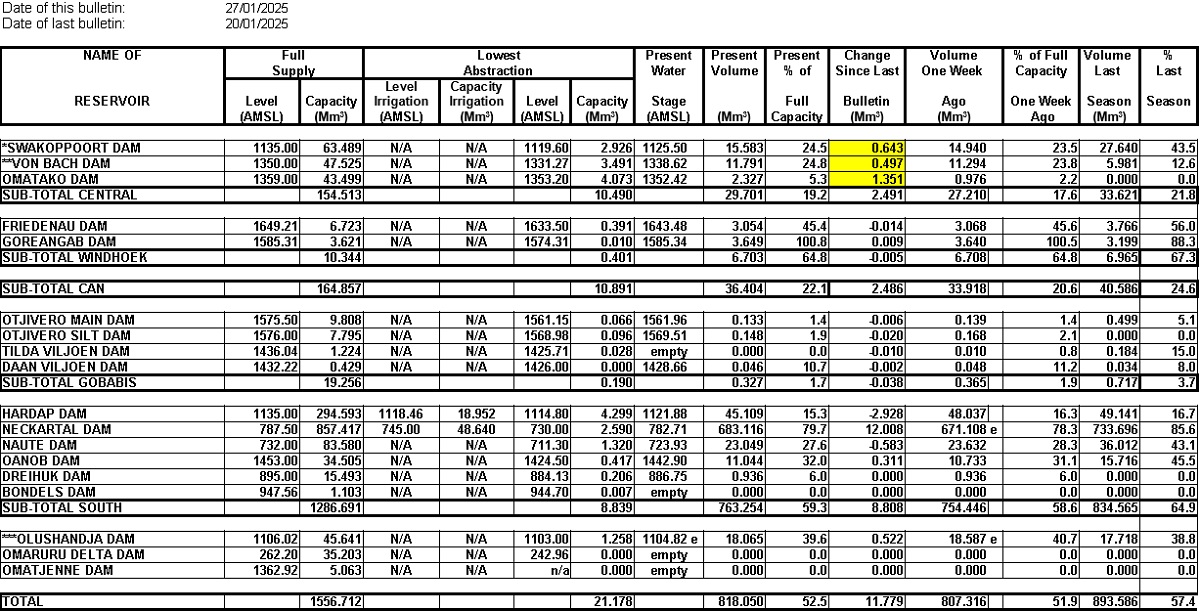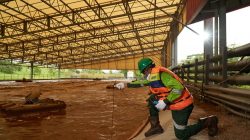Understanding Water Level and Dam Information
Water level data plays a crucial role in managing water resources, especially for dams and reservoirs. Accurate readings help in assessing the availability of water, planning for future needs, and ensuring safety measures are in place. However, not all data points are straightforward. Various symbols and notes often accompany these readings to provide additional context.
One common symbol is an empty space or an ‘NR,’ which indicates that no readings were received. This could happen due to technical issues, lack of access, or other operational challenges. In such cases, it’s important to note that the absence of data does not necessarily mean there is no water present; it simply means that the information was not captured at that time.
Another symbol used is an ‘e,’ which stands for an estimated water level. This usually occurs when direct measurements are not possible, perhaps due to equipment failure or environmental conditions. Estimations are made based on historical data or other reliable sources, but they should be interpreted with caution as they may not reflect the exact current state.
When a ‘w’ appears, it signals that the conditions were very windy, leading to inaccurate readings. Wind can affect the accuracy of water level measurements, especially in open bodies of water. In such situations, it’s essential to consider the impact of weather conditions on the data being recorded.
Omatjenne Dam is one example where specific details about its operations are important. It is noted that this dam does not have abstraction facilities, meaning it cannot directly supply water for human use. This distinction is vital for understanding the dam’s purpose and limitations.
The contents of the dam are based on the latest dam basin surveys. These surveys provide critical information about the volume and distribution of water within the dam. Regular updates ensure that the data remains relevant and accurate, allowing for better management decisions.
Inflow data presented in bulletins typically does not account for evaporation and water abstraction. Evaporation can significantly reduce water levels over time, especially in warmer climates. Water abstraction refers to the removal of water for various uses, such as agriculture or domestic consumption. Both factors can influence the actual amount of water available in the dam, making it essential to consider them when interpreting inflow figures.
An ‘N/A’ indicates that there is no rain gauge at the dam. Rain gauges are essential tools for measuring precipitation, which directly affects water levels. Without this data, it becomes more challenging to assess how much rainfall contributes to the dam’s water supply.
Several transfers between different locations have been reported. For instance, a transfer from Swakoppoort to Von Bach took place, followed by another from Omatako to Von Bach. These movements of water are part of broader water management strategies aimed at optimizing resource allocation.
Additionally, a specific correction was made to the Otjivero Silt water level on 07/07/2025, which was adjusted to 1571.68 (e) AMSL. The ‘e’ here denotes that the reading was an estimate, highlighting the importance of understanding the context behind each data point.
Another transfer occurred from Daan Viljoen to Tilda Viljoen, further illustrating the dynamic nature of water management. These transfers are often necessary to balance water distribution across different regions, ensuring that areas with higher demand receive adequate supplies.
Overall, the data and notes provided offer a comprehensive view of the current state of water levels and dam operations. Understanding these symbols and explanations is key to making informed decisions about water resource management. As technology and methodologies continue to evolve, so too will the accuracy and reliability of these data points, contributing to more effective and sustainable water practices.






